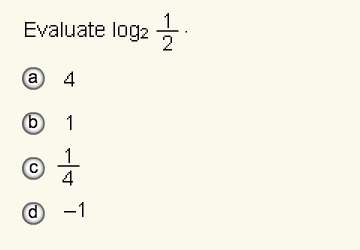
Mathematics, 12.12.2021 01:10 galfaro19
Although older Americans are most afraid of crime, it is young people who are more likely to be the actual victims of crime. It seems that older people are more cautious about the people with whom they associate. A national survey showed that 10% of all people ages 16-19 have been victims of crime.† At a high school, a random sample of n = 65 students (ages 16-19) showed that r = 9 had been victims of a crime. Note: For degrees of freedom d. f. not in the Student's t table, use the closest d. f. that is smaller. In some situations, this choice of d. f. may increase the P-value a small amount and thereby produce a slightly more "conservative" answer.  (a) Do these data indicate that the population proportion of students in this school (ages 16-19) who have been victims of a crime is different (either way) from the national rate for this age group? Use = 0.05. Do you think the conditions np > 5 and nq > 5 are satisfied in this setting? Why is this important? (i) What is the level of significance? State the null and alternate hypotheses. H0: p = 0.10; H1: p < 0.10H0: p = 0.10; H1: p ≠ 0.10 H0: = 0.10; H1: > 0.10H0: = 0.10; H1: ≠ 0.10H0: = 0.10; H1: < 0.10H0: p = 0.10; H1: p > 0.10 (iv) Based on your answers in parts (i) to (iii), will you reject or fail to reject the null hypothesis? Are the data statistically significant at level ? At the = 0.05 level, we reject the null hypothesis and conclude the data are statistically significant. At the = 0.05 level, we reject the null hypothesis and conclude the data are not statistically significant. At the = 0.05 level, we fail to reject the null hypothesis and conclude the data are statistically significant. At the = 0.05 level, we fail to reject the null hypothesis and conclude the data are not statistically significant. (v) Interpret your conclusion in the context of the application. There is sufficient evidence at the 0.05 level to conclude that there is a difference from the national average for the population proportion of crime victims. There is insufficient evidence at the 0.05 level to conclude that there is a difference from the national average for the population proportion of crime victims. (b) Find a 90% confidence interval for the proportion of students in this school (ages 16-19) who have been victims of a crime. (Round your answer to three decimal places.) lower limit upper limit

Answers: 3


Another question on Mathematics

Mathematics, 21.06.2019 17:00
According to modern science, earth is about 4.5 billion years old and written human history extends back about 10,000 years. suppose the entire history of earth is represented with a 10-meter-long timeline, with the birth of earth on one end and today at the other end.
Answers: 2

Mathematics, 21.06.2019 22:00
Serena is making an experiment. for that, she needs 20 grams of a 52% solution of salt. she has two large bottles of salt water: one with 40% and the other with 70% of salt in them. how much of each must she use to make the solution she needs? i am in need of
Answers: 1

Mathematics, 22.06.2019 01:30
Pls math have no ideamultiply and simppify. 2x^2y^3z^2 • 4xy^4x^2
Answers: 2

Mathematics, 22.06.2019 02:50
Aci is desired for the true average stray-load loss μ (watts) for a certain type of induction motor when the line current is held at 10 amps for a speed of 1500 rpm. assume that stray-load loss is normally distributed with σ = 2.3. (round your answers to two decimal places.)
Answers: 1
You know the right answer?
Although older Americans are most afraid of crime, it is young people who are more likely to be the...
Questions

Mathematics, 29.10.2020 19:10

History, 29.10.2020 19:10

Mathematics, 29.10.2020 19:10





Business, 29.10.2020 19:10



Mathematics, 29.10.2020 19:10

Mathematics, 29.10.2020 19:10

Mathematics, 29.10.2020 19:10




Chemistry, 29.10.2020 19:10

Spanish, 29.10.2020 19:10


English, 29.10.2020 19:10




